Stay motivated and get ready for a full season of gardening ahead. Here’s your guide for January gardening.
1. Plan Your Garden
Use extra time spent indoors this January to start designing and planning your garden for early spring. A good rule of thumb is to make sure you are rotating your crops every season to enhance soil conditions. Once you’ve narrowed down all the details, you can begin to order all of your seeds and extra supplies you may need.

Photo Credit: Nattakorn Maneerat (iStock).
2. Find Your Inspiration
Let the off-season inspire your green thumb. Whether you’re a beginner or quite seasoned, use extra time spent indoors to brush up on all the gardening techniques necessary for a successful harvest. From gardening basics to advanced gardening skills, there’s plenty to learn.
3. Start Your Seeds Indoors
Between now and mid-January is a good time to start growing some of your seeds indoors. Seeds you can start in January include onions, celery, lettuce, spinach, kale and even fresh herbs like rosemary, basil, oregano, thyme, sage, chives, and parsley. Always check your planting zone first and adjust crops as needed.
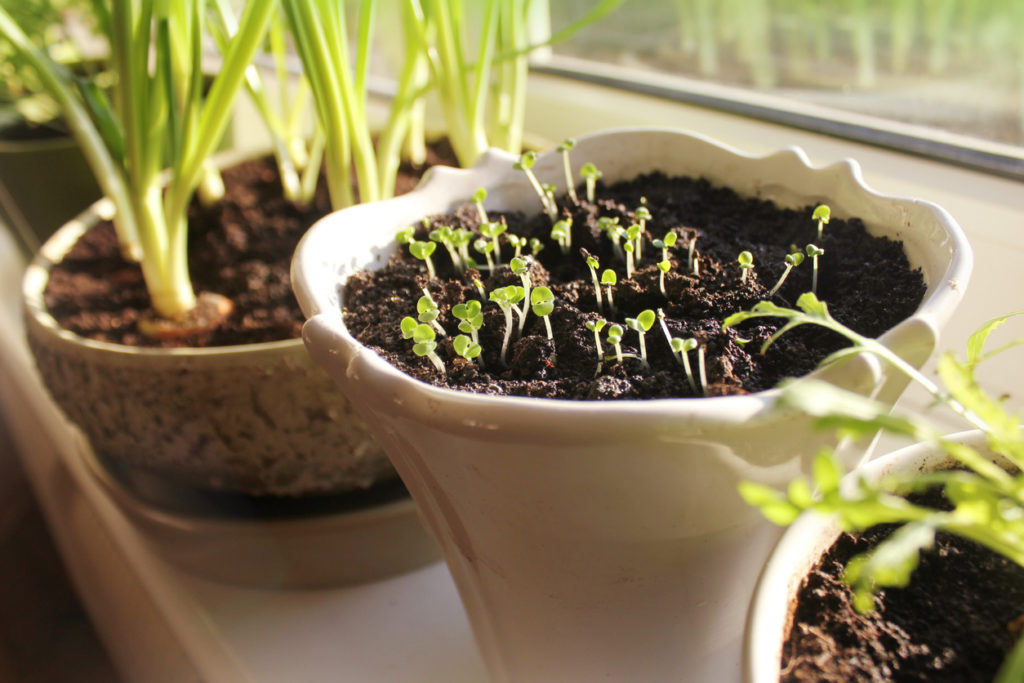
Photo Credit: Vaivirga (iStock).
4. Sharpen Gardening Tools
If you want your gardening tools to last all year long, then you must keep them well-maintained. To make sure your gardening tools are in tip-top shape for the growing season, use the winter time to clean, oil, and sharpen all your tools.
5. Freeze Food Scraps
If you haven’t already, now is the perfect time to start a frozen compost pile. Keep adding to your compost pile, even in the dead of winter. It’s completely normal for your compost to freeze in the winter season, especially when temperatures drop. As soon as it gets warm, your compost will start up again.

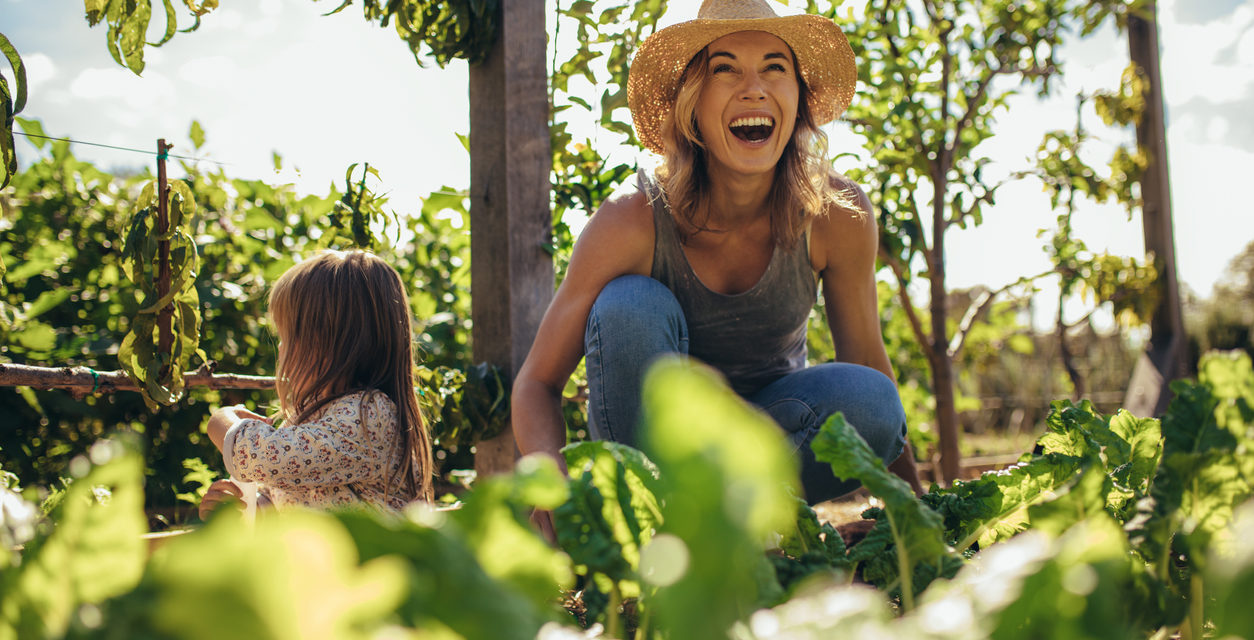 Gardening Photo Credit: jacoblund (iStock).
Gardening Photo Credit: jacoblund (iStock). 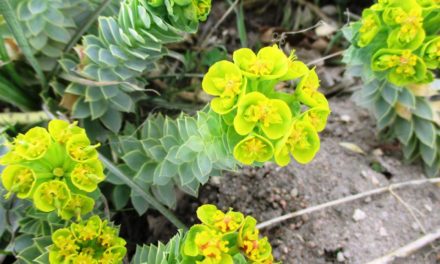
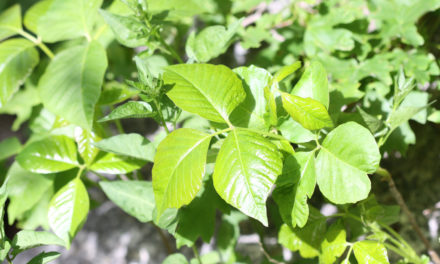
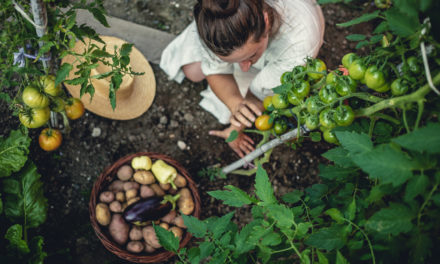
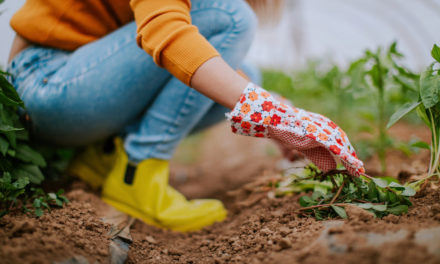
Comment on: Your January Gardening Checklist